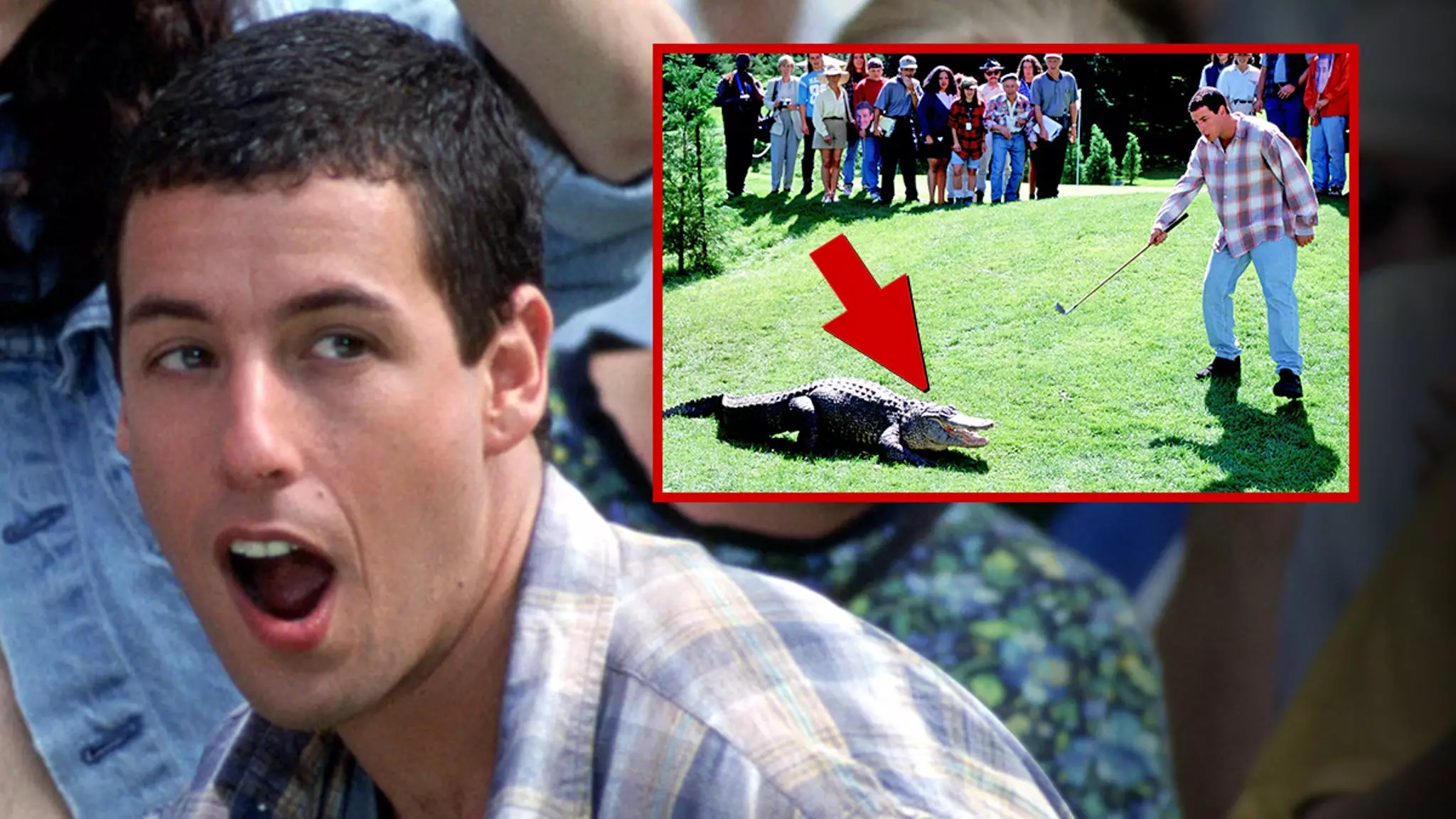In the realm of cinematic comebacks, few scenarios rival the potential return of a beloved animal actor. Morris, the alligator famed for his memorable performance in the 1996 comedy “Happy Gilmore,” is poised to reclaim the spotlight as discussions surrounding a sequel to the cult classic heat up. Morris’s portrayal of the feisty reptile who interacted with Adam Sandler’s unforgettable character added a unique flair to the movie, and since then, he has been living a life of comfort at the Colorado Gators Reptile Park. The prospect of rekindling his role brings both excitement and challenges.
Jay Young, the owner and handler of Morris, confirmed that the legendary gator is not just willing but eager to return for “Happy Gilmore 2.” However, logistical obstacles complicate the situation. At around 70 years old and weighing approximately 500 pounds, Morris is not as easy to transport as he once was. This raises important questions about practicality in the film industry, particularly when dealing with live animals. Can the production team adapt their filming strategy to accommodate Morris’s needs? Such considerations highlight the unique challenges filmmakers face in today’s more animal-conscious society.
One avenue that could be explored involves creating scenarios that utilize Morris’s existing character arc while mitigating the adverse events of his last appearance. Despite his unsavory fate in the first movie, clever scriptwriting could allow for Morris to have a second chance at fame without contradicting his previous narrative. This not only serves to cement his legacy but also allows filmmakers a platform for creative storytelling that resonates with both nostalgic audiences and new fans alike.
Despite excitement building around the idea of a sequel, there is no concrete release date for “Happy Gilmore 2.” This opens up a window for Sandler and the production team to consider the logistics involved with incorporating Morris into the new storyline. The anticipation surrounding the sequel suggests that a thoughtful approach to casting, which includes potential animal actors, may set the tone for the film’s reception.
The cultural significance of “Happy Gilmore” extended far beyond just comedic value; it became a staple of 90s cinema. Morris’s potential return serves as a symbolic nod to nostalgia. By bringing back a character that connected with audiences decades ago, filmmakers have the opportunity to blend new storytelling with elements that existing fans cherish. The marriage of nostalgia with contemporary themes could captivate a diverse audience, ensuring that both new and returning fans glean enjoyment from the project.
While discussions about Morris’s return are hopeful, they remind us of the complexities involved in creating sequels, especially those with animal actors. As efforts to revive “Happy Gilmore” continue, it remains critical to balance logistical necessities with a deep respect for animal welfare and creative integrity. Whether they decide to fully bring Morris back or not, the dialogue around his character exemplifies the evolving landscape of filmmaking and the enduring legacy of classic cinema. Excitement for the sequel lingers in the air, leaving fans wondering how they’ll witness the evolution of Morris and other beloved characters in the future.

